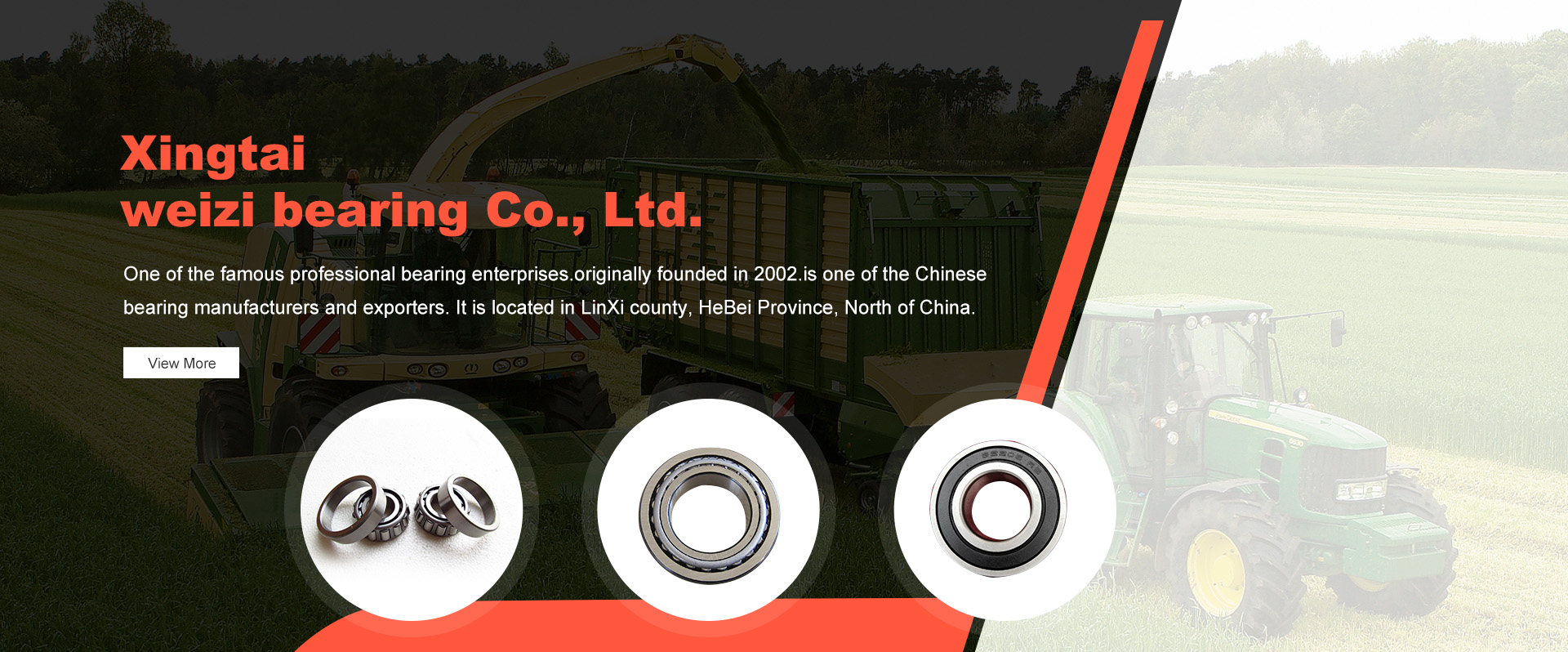
Nov . 12, 2024 18:47 Back to list
6303 bearings
Understanding 6303 Bearings A Comprehensive Overview
Bearings are essential components in machinery, enabling smooth rotation and reducing friction, thereby enhancing efficiency and longevity. Among the many types of bearings available, the 6303 bearing stands out due to its versatility and widespread use across various applications. This article delves into the specifics of 6303 bearings, including their design, applications, advantages, and maintenance tips.
What is a 6303 Bearing?
The designation 6303 refers to a specific type of deep groove ball bearing. The number is part of a standardized coding system used in the bearing industry. A 6303 bearing has an inner diameter of 17 mm, an outer diameter of 47 mm, and a width of 14 mm. This metric sizing makes it suitable for a wide range of applications, particularly in the automotive and industrial sectors.
The construction of a 6303 bearing typically comprises an inner ring, outer ring, balls (or rolling elements), and a cage (or retainer). The balls allow for smooth movement between the inner and outer rings, significantly reducing friction and wear.
Applications of 6303 Bearings
Due to their robust design and ease of use, 6303 bearings find applications in various fields. Common uses include
1. Automotive Industry 6303 bearings are often found in machinery used in vehicles, such as wheeled axles, electric motors, and power tools. 2. Industrial Equipment They are frequently used in conveyors, pumps, and motors, where rotating parts are involved.
4. Bicycles These bearings are commonly used in bicycle hubs and pedal systems, providing smooth ride quality.
Advantages of 6303 Bearings
1. Versatility One of the most significant advantages of 6303 bearings is their versatility. They can be adapted to suit numerous applications and environments, from light household appliances to heavy industrial equipment.
6303 bearings

2. Durability Designed to handle radial loads, 6303 bearings exhibit excellent durability. Their robust construction allows them to withstand harsh conditions, thus extending the lifecycle of machinery in which they are installed.
3. Low Friction The design of deep groove ball bearings promotes smooth rotation with minimal friction, contributing to energy efficiency and reduced wear over time.
4. Easy Maintenance These bearings often come pre-lubricated or sealed, minimizing the need for frequent maintenance. However, ensuring proper lubrication when necessary can further enhance their lifespan.
Maintenance Tips for 6303 Bearings
To maximize the performance and longevity of 6303 bearings, regular maintenance is essential. Here are some tips
- Regular Inspection Check for signs of wear and tear, such as unusual noise, increased temperature, or changes in vibration patterns. Early detection can prevent more severe damage.
- Proper Lubrication Ensure bearings are adequately lubricated to minimize friction and prevent overheating. Use the appropriate type of grease or oil, as specified by the manufacturer.
- Cleanliness Keep the surrounding environment clean to avoid contamination, which can lead to premature failure. Use protective covers or seals where possible.
- Replacement If there are significant signs of wear, such as pitting or scoring on the surface, consider replacing the bearing to avoid failure of the entire machine.
Conclusion
In summary, 6303 bearings are a vital component in modern machinery, revered for their versatility, efficiency, and durability. Their applications span various industries, from automotive to home appliances, underscoring their importance in everyday machinery. Proper maintenance practices can significantly enhance their lifespan, making them a reliable choice for engineers and maintenance professionals alike. Understanding the significance and proper care of 6303 bearings ensures that systems operate smoothly, contributing to overall productivity and efficiency.
Latest news
-
Grooved Ball Bearing Design and Functionality
NewsJun.04,2025
-
Concrete Mixer Bearing Load Capacity Testing
NewsJun.04,2025
-
6004 Bearing Dimensions in Robotic Joint Designs
NewsJun.04,2025
-
Advantages of Single-Row Deep Groove Ball Bearings
NewsJun.04,2025
-
Applications of Deep Groove Ball Bearings in Automotive Systems
NewsJun.04,2025
-
Innovations in Bearing Pressing Machine Design
NewsJun.04,2025
